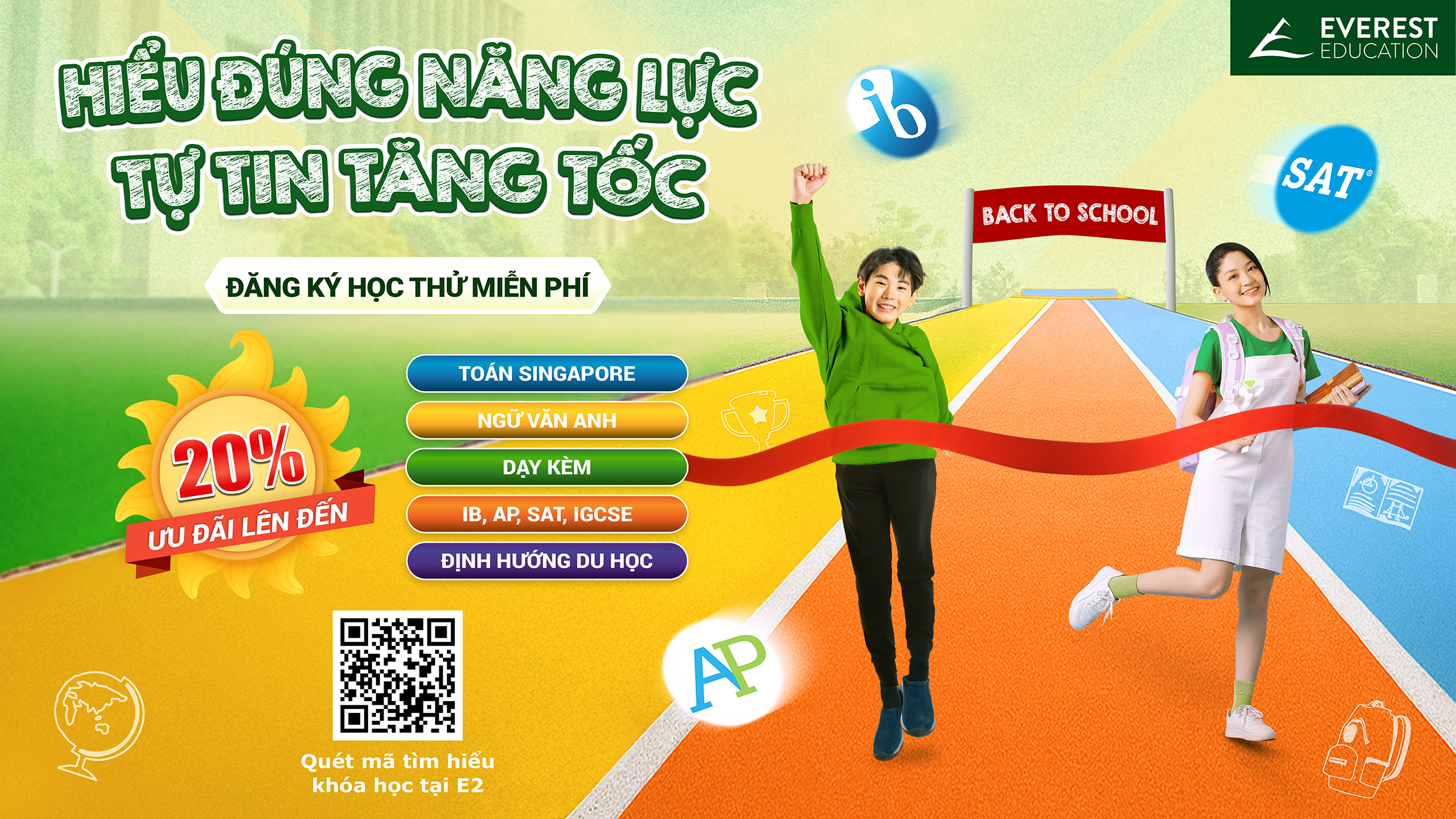Benefits Of Integrating Literacy Skills Into Science
Enrich scientific vocabulary
The ability to read and write is essential to a child’s intellectual growth. Excellent literacy is no longer just about spelling, pronunciation, punctuation and grammar. It also focuses on good communication skills. Literature, in general, has been proven to enhance vocabulary, the love for reading, social and emotional development. As your child reaches a higher academic level, facing more sophisticated terms and words is inevitable. Integrating literacy skills in learning science from an early age can constitute a solid lexical foundation for students. The more your child reads and writes scientific topics, the more they can absorb the structure and origin of complex language and memorize unfamiliar vocabulary better.
Learn science with context
Due to the time limit in classrooms, students might be pressured to learn scientific concepts quickly without digging into the context. Therefore, with further home education or private tutoring classes, parents should aid their children’s understanding of science by providing more reading and writing activities. Either books or reading comprehension worksheets, your child can learn better when placing the concepts into specific content. On top of that, tasks such as analyzing, elaborating, and summarising within a reading passage could help students master the depth of scientific topics while developing critical thinking skills.
Make learning science more interactive
 Learning science should not be boring, especially in a home learning environment where you have more flexibility to offer the education centered around your child’s interests. Parents can encourage their children’s love for science with integrated reading and writing activities. Put aside dry textbooks. Scientific knowledge can be nurtured through news reading, games such as bingo, word search, spelling tests, and fiction literature. These interactive literacy activities will increase your child’s engagement and help them stay focused.
Learning science should not be boring, especially in a home learning environment where you have more flexibility to offer the education centered around your child’s interests. Parents can encourage their children’s love for science with integrated reading and writing activities. Put aside dry textbooks. Scientific knowledge can be nurtured through news reading, games such as bingo, word search, spelling tests, and fiction literature. These interactive literacy activities will increase your child’s engagement and help them stay focused.
Where learning meets joy
with friends and teachers who care
Activities to integrate reading and writing in teaching science
Use nonfiction and fiction readings
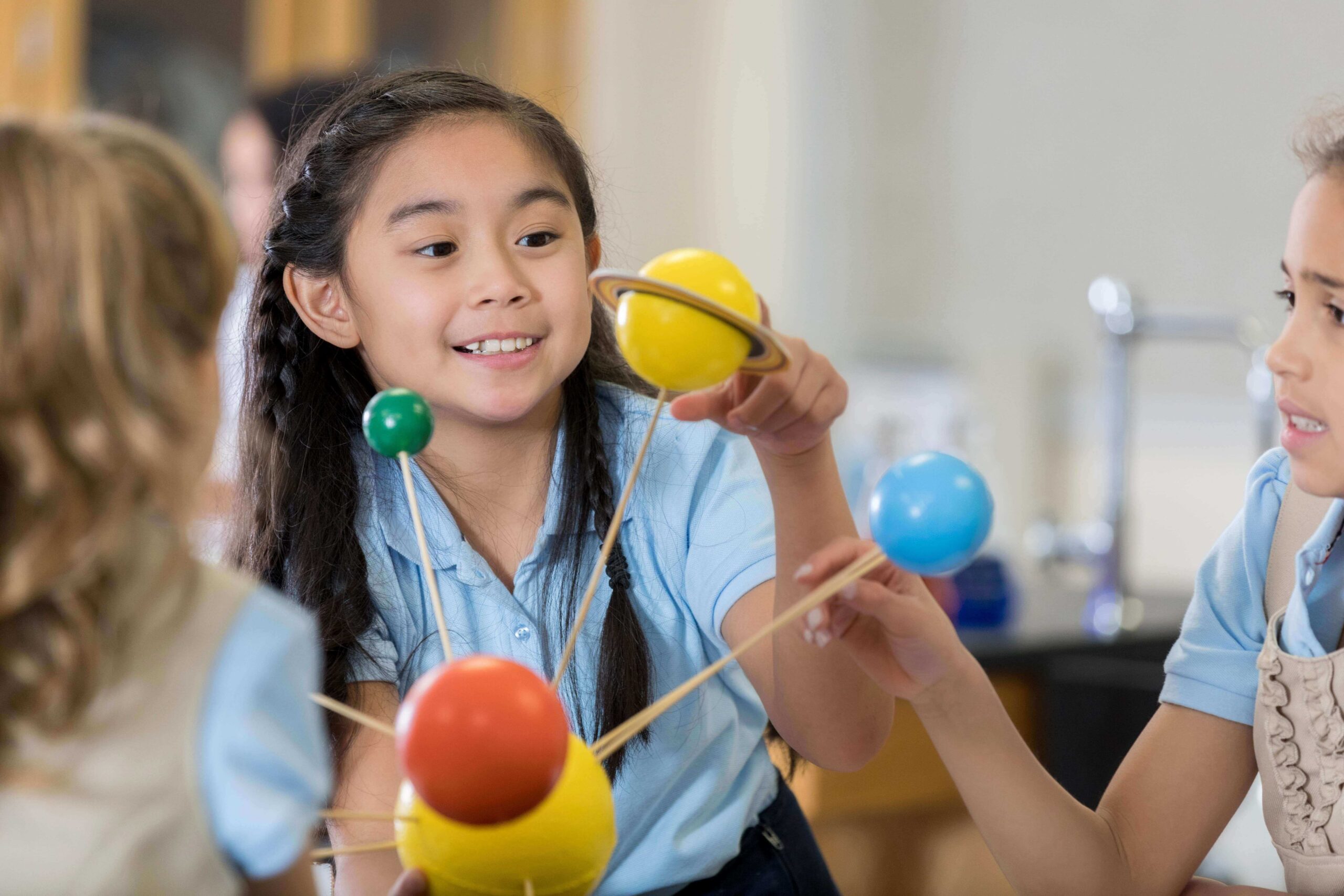 Science is often associated with nonfiction language. Often, science-related facts and historical picture books can be a great choice of supplementary materials. In addition, using fiction is also effective, particularly for early readers who enjoy imaginative characters. Through fiction books, your child can learn scientific concepts in a creative way backed up by visuals, interpretation and metaphors. As such, science will no longer be too hard to digest but become more attractive. For a fiction book recommendation, you may want to try out the English series Max Einstein, a story about a typical 12-year-old kid recruited by a mysterious organization and teamed up with a group of geniuses to solve some most challenging world’s problems.
Science is often associated with nonfiction language. Often, science-related facts and historical picture books can be a great choice of supplementary materials. In addition, using fiction is also effective, particularly for early readers who enjoy imaginative characters. Through fiction books, your child can learn scientific concepts in a creative way backed up by visuals, interpretation and metaphors. As such, science will no longer be too hard to digest but become more attractive. For a fiction book recommendation, you may want to try out the English series Max Einstein, a story about a typical 12-year-old kid recruited by a mysterious organization and teamed up with a group of geniuses to solve some most challenging world’s problems.
Conduct shared reading time
Reading time is probably used by many families to enhance their children’s literacy skills. Apart from bedtime stories or reading exercises, now parents can try to implement a shared reading hour focusing on scientific topics for their kids. This usually works because a child will have to pick a scientific reading of their choices, such as how rain is formed and the water cycle and how sunlight affects plants or animal habitat. You can introduce to them some websites and resources to find their readings, such as National Geographic, Twinkl Newsroom, Kids News Australia, and encourage them to present key pieces of information during the reading hour.
Watch scientific videos with subtitles on
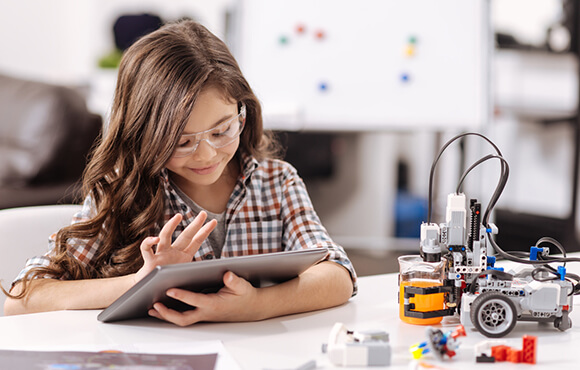 Studies in Belgium, America and the Netherlands have shown that subtitles in videos stimulate automatic reading behavior among children; specifically, same language subtitling can significantly improve reading comprehension skills. There is even a campaign calling parents to turn on subtitles for children between six to ten years old while watching videos. You can apply this method in teaching science at home by turning English subtitles for English videos on popular channels such as BBC Bitesize, National Geographic Kids and SciShow Kids.
Studies in Belgium, America and the Netherlands have shown that subtitles in videos stimulate automatic reading behavior among children; specifically, same language subtitling can significantly improve reading comprehension skills. There is even a campaign calling parents to turn on subtitles for children between six to ten years old while watching videos. You can apply this method in teaching science at home by turning English subtitles for English videos on popular channels such as BBC Bitesize, National Geographic Kids and SciShow Kids.
Write a lab report
A lab report is an activity that every scientist does after an experiment in their laboratory. Parents can teach their kids to follow the format of reflective writing with questions such as “Describe the steps of the experiment you have done today,” “What are your findings?”, “What should happen next?”. Your child can also be instructed to write with scientific and formal language that they have learned. Besides, this type of exercise could be done prior to the science lesson, for instance, by asking your child to put in their objectives for the experiment. If your child is in middle age, you can encourage the practice of referencing academic articles and resources used in the report.
Design a science magazine
How about helping your child design their own science magazine? The magazine’s structure might include resources they have collected throughout the week, interesting scientific facts they have learned, a scientist they admire, and experiments they have done. Your child can also practice writing short articles and embrace a journalistic tone of voice. For students with a more advanced literacy level, you can consider adopting a more academic writing style and encourage opinion pieces that resemble popular magazines such as New Scientist and The Atlantic.
—
When teaching STEAM children, integrating reading and writing skills has several surprising benefits, helping children better comprehend science topics and improving their literacy and creative writing abilities.
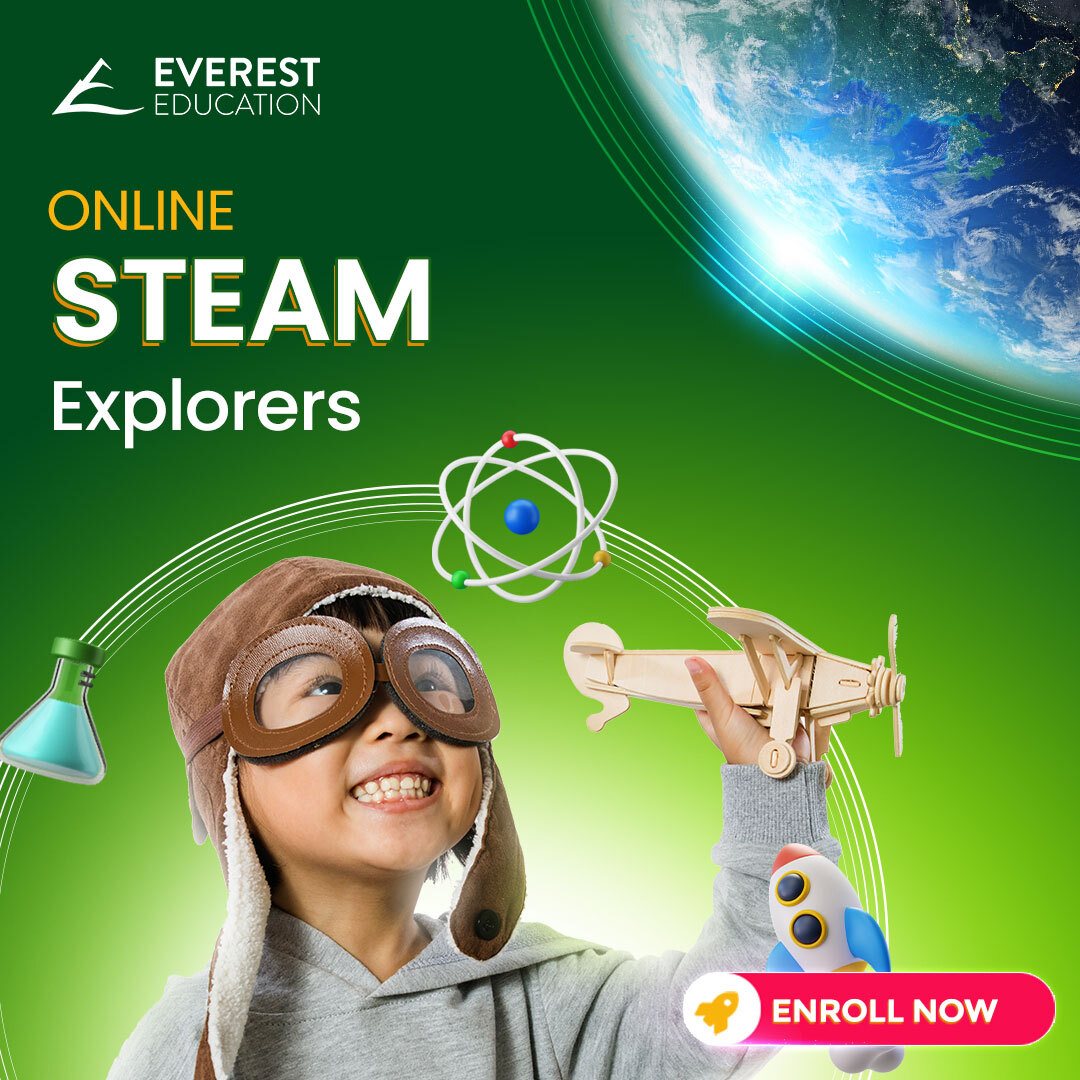 At Everest Education, we create online STEAM classes for students of all ages. They will explore a wide range of topics in science, including physics, biology, chemistry, and engineering. The knowledge is blended into everyday situations and creative experiments, catching students’ interest. Students are encouraged to engage in discussion, debate, design, and practice to construct the final product/experiment during the class. At Everest Education, we create online STEAM classes for students of all ages. They will explore a wide range of topics in science, including physics, biology, chemistry, and engineering. The knowledge is blended into everyday situations and creative experiments, catching students’ interest. Students are encouraged to engage in discussion, debate, design, and practice to construct the final product/experiment during the class.
>> Learn more about our online STEAM |
About E2xTwinkl series
E2 and Twinkl collaborated on articles in the E2xTwinkl series to give families a range of valuable information, activities, and ideas for following your children on their learning journey. The articles cover a variety of themes, like how kids learn STEAM and English efficiently at home. We believe you will start coming up with many wonderful ideas to help your children study well every day.
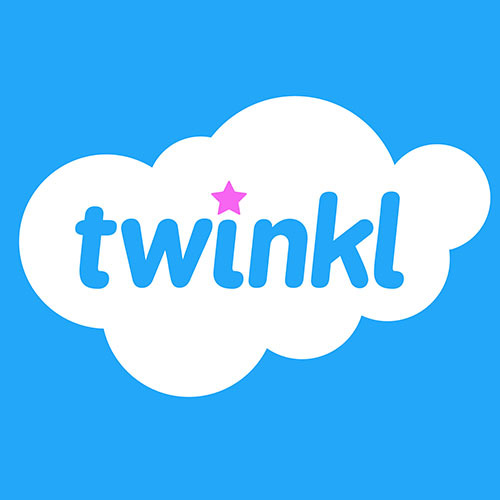 Twinkl Educational Publishing is a British online educational publishing house producing teaching and educational materials. It is trusted by 11 million teachers, parents, and 12,000 schools in more than 200 countries worldwide. Twinkl has a collection of over 750,000 documents created by a team of international experts.
Twinkl Educational Publishing is a British online educational publishing house producing teaching and educational materials. It is trusted by 11 million teachers, parents, and 12,000 schools in more than 200 countries worldwide. Twinkl has a collection of over 750,000 documents created by a team of international experts.



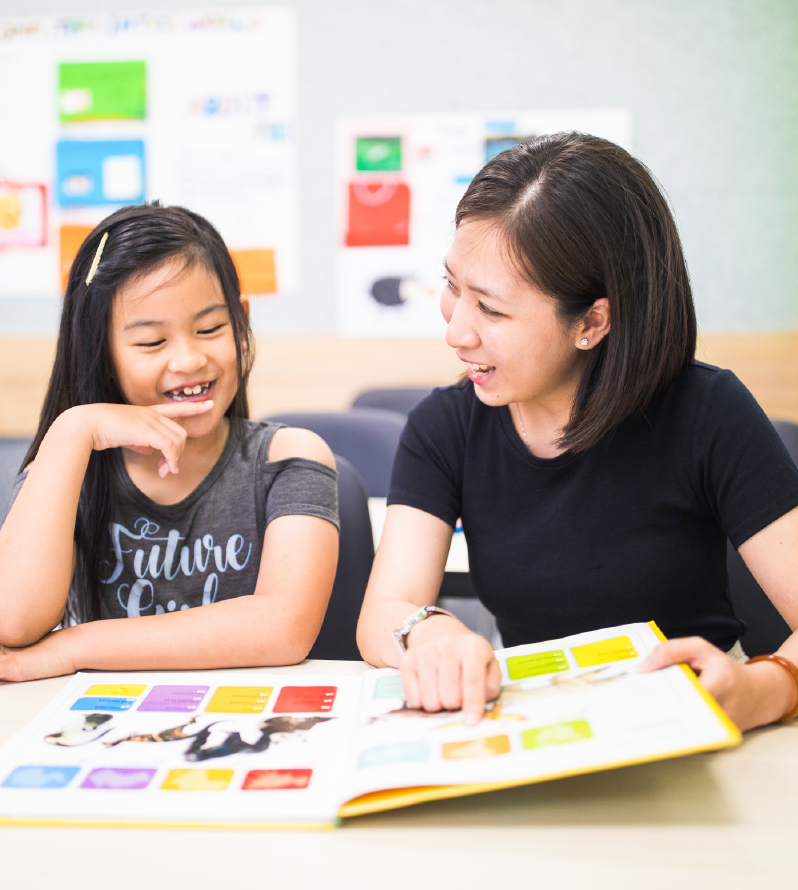
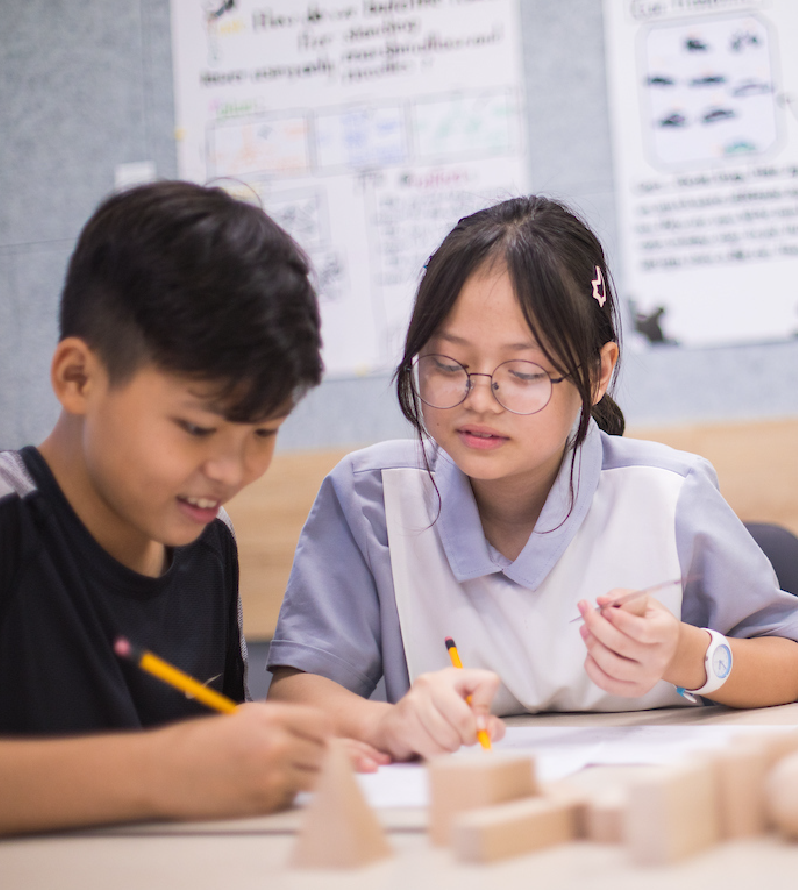

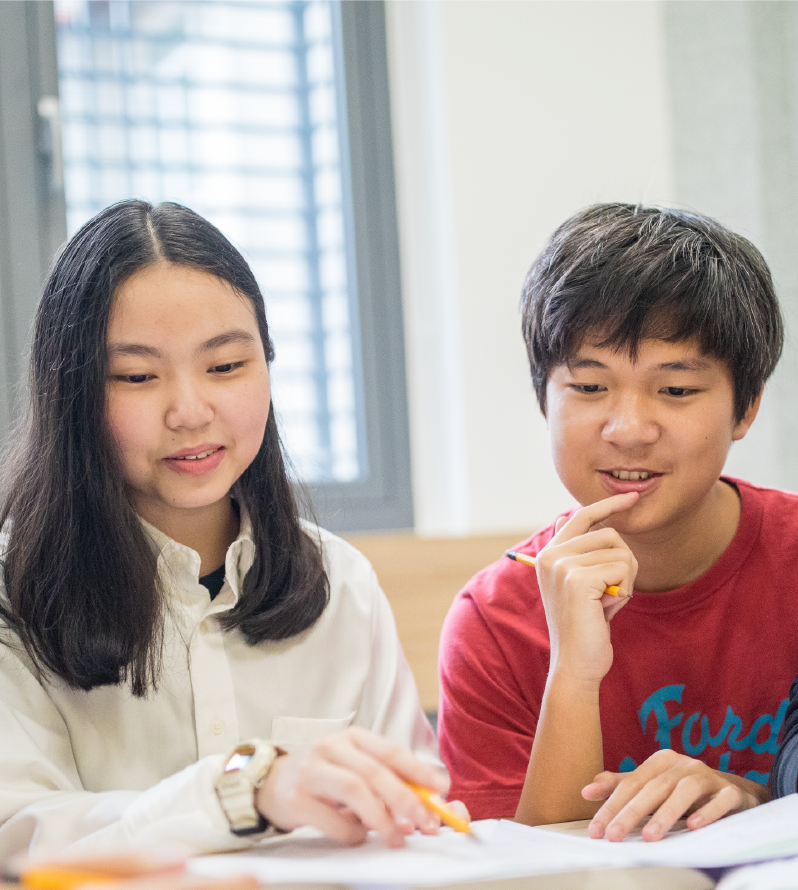


 Science is often associated with nonfiction language. Often, science-related facts and historical picture books can be a great choice of supplementary materials. In addition, using fiction is also effective, particularly for early readers who enjoy imaginative characters. Through fiction books, your child can learn scientific concepts in a creative way backed up by visuals, interpretation and metaphors. As such, science will no longer be too hard to digest but become more attractive. For a fiction book recommendation, you may want to try out the English series
Science is often associated with nonfiction language. Often, science-related facts and historical picture books can be a great choice of supplementary materials. In addition, using fiction is also effective, particularly for early readers who enjoy imaginative characters. Through fiction books, your child can learn scientific concepts in a creative way backed up by visuals, interpretation and metaphors. As such, science will no longer be too hard to digest but become more attractive. For a fiction book recommendation, you may want to try out the English series Studies in Belgium, America and the Netherlands have shown that subtitles in videos stimulate automatic reading behavior among children; specifically, same language subtitling can significantly improve reading comprehension skills. There is even a
Studies in Belgium, America and the Netherlands have shown that subtitles in videos stimulate automatic reading behavior among children; specifically, same language subtitling can significantly improve reading comprehension skills. There is even a
 Twinkl Educational Publishing
Twinkl Educational Publishing




